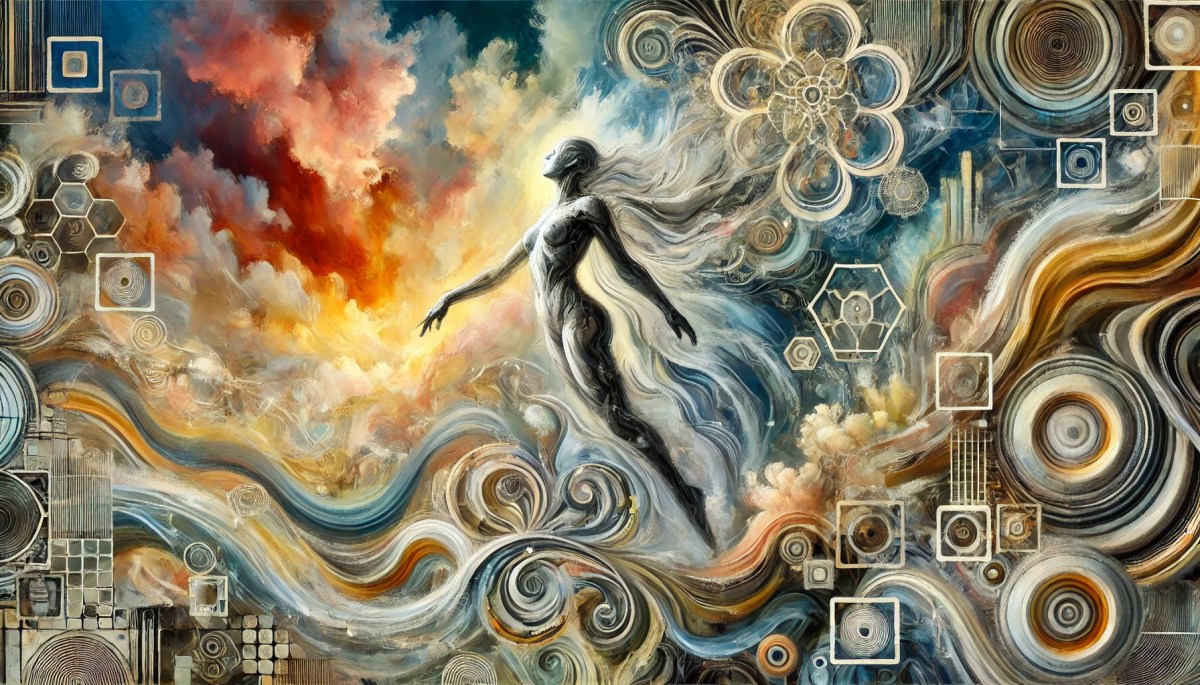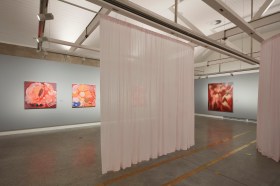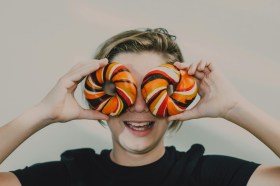As the global creative industries struggle to protect sustainable job futures from AI, there are new concerns over the legitimisation of visual art by AI. Thousands of artists are urging global auction house Christie’s to cancel its planned Augmented Intelligence auction, saying the technology behind the work results from ‘mass theft’.
The auction is described by Christie’s as the first AI-dedicated sale by a major auctioneer. Christie’s was founded in 1766 and is acknowledged as one of the largest international sales hubs for art and luxury businesses. The auction represents a transparent watermark in AI art’s legitimisation (and commercialisation).
The auction features 20 lots. Prices range between $10,000 and $250,000, and participating artists include Refik Anadol and the late Harold Cohen, who openly collaborated with AI to create their work.
A letter from artists worldwide gained 3000 signatures in three days (and is sitting at 3792 at time of writing), calling for the auction to be cancelled.
“Many of the artworks you plan to auction were created using AI models that are known to be trained on copyrighted work without a licence,” reads the letter. “These models, and the companies behind them, exploit human artists, using their work without permission or payment to build commercial AI products that compete with them.”
Christie’s has clarified the details of some of the work, saying that “in most cases” the AI was trained on each artist’s “own inputs” instead of drawing from other artists.
The human artists featured in the exhibition have lashed out against the criticism. Anadol posted on X, saying commentary was filled with “doomsday hysteria”.
Read: AI in the creative industries: 4 predictions for 2025
Artist Mat Dryhurst, whose work is also included in the exhibition, has rejected the criticism, saying the artwork itself explored the “concept” of public images that were freely available. “It is not illegal to use any model to create artwork,” he said. “I resent that an important debate that should be focused on companies and state policy is being focused on artists grappling with the technology of our time.”
The auction is set to go ahead on 20 February 2025, in New York.





